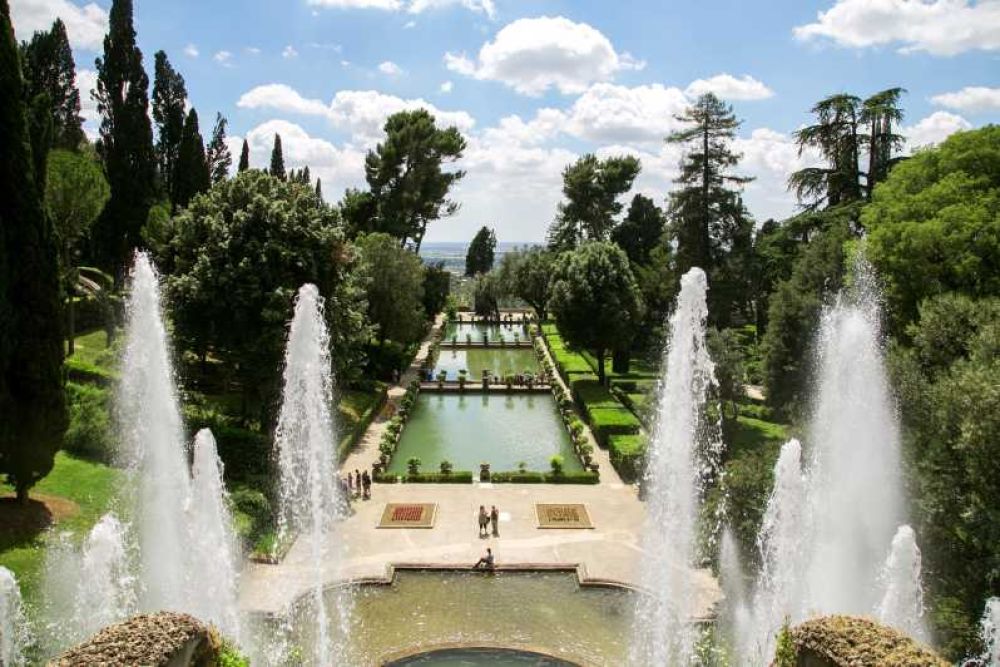

Villa d’Este, located in Tivoli, near Rome, is a masterpiece of Italian garden design and a popular site for tourists, renowned for its intricate Renaissance architecture and its stunning garden with many fountains. Tourism at Villa d'Este can trace back its roots to the Renaissance period when it was a symbol of Renaissance culture and garden design.
The Villa was commissioned by Cardinal Ippolito II d'Este, the governor of Tivoli in 1550, after his appointment as a cardinal. Designed by the architect Pirro Ligorio, the Villa was built on the site of a former Benedictine cloister. It quickly became an iconic example of Renaissance culture and a must-visit site for aristocrats on their 'Grand Tour' of Europe.
During the 18th and 19th centuries, with the growing popularity of the Grand Tour - an educational travel experience for the European elite - Villa d’Este became a key destination for visitors wanting to experience the cultural heritage of the past. Artists, writers, and historians would frequent the Villa, taking inspiration from its beauty and historical significance.
The 20th century saw a broadening of the tourism demographic, as travel became more accessible. After World War II, with the significant rise in leisure travel, sites like Villa d'Este witnessed a surge in visitors from diverse backgrounds. In 2001, it was designated a UNESCO World Heritage site, recognizing its unique artistic achievement and further cementing its status as a top tourist destination.
Today, Villa d'Este is visited by thousands of tourists yearly, drawn by its enchanting gardens, impressive fountains like the famous Fountain of the Organ and Neptune's Fountain, and the Villa’s historical importance. It also serves as a venue for cultural events, including classical music concerts and art exhibitions.
In recent years, the trend of experiential and educational tourism continues to influence visits to Villa d’Este. Tourists are increasingly seeking immersive experiences that connect them with the history, culture, and natural beauty of the location.
Moreover, sustainable tourism has come to the forefront, with increased awareness of the need to preserve the site’s integrity for future generations. There has been a focus on reducing visitor impact on the gardens and structures, promoting environmentally friendly practices among visitors.
Advanced ticketing options, virtual tours, and informative mobile applications are all part of the modern tourist experience at Villa d'Este. These innovations make the Villa more accessible to a global audience and provide deeper insights into the site's history and features.
In conclusion, the history of tourism at Villa d'Este reflects broader trends in travel and societal changes. From an exclusive destination for the elite to a celebrated historical site for the global community, Villa d'Este continues to enchant visitors with its timeless beauty and historical intrigue.